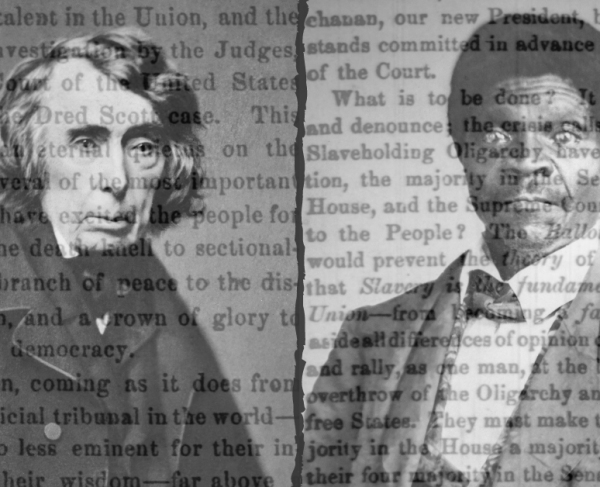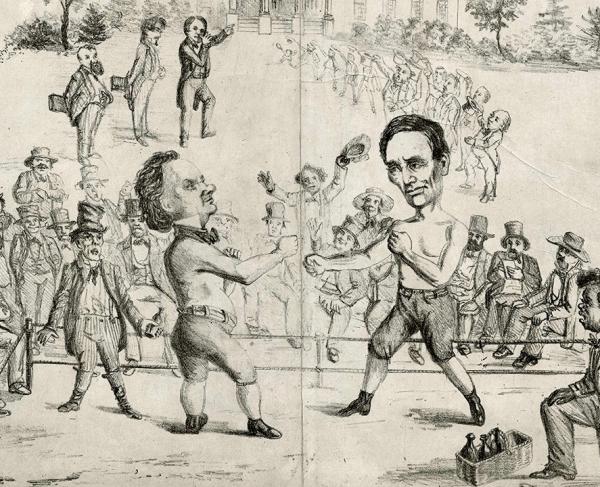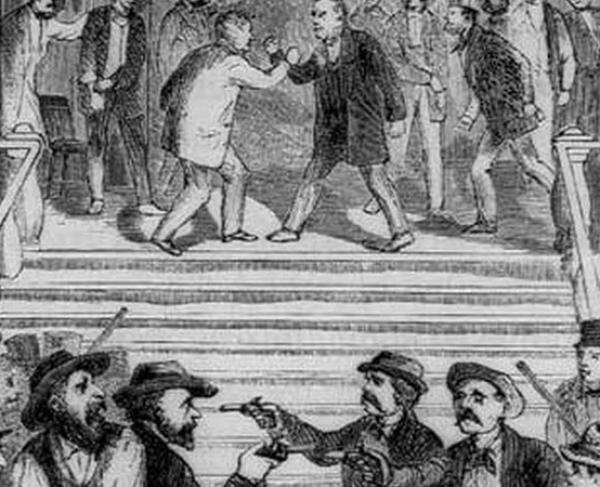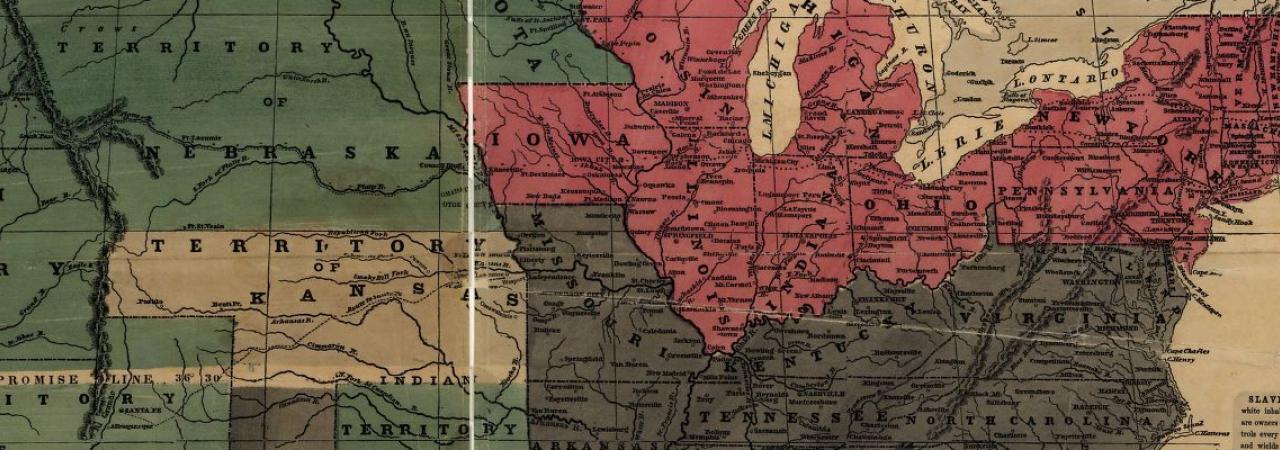
The appeal to states' rights is of the most potent symbols of the American Civil War, but confusion abounds as to the historical and present meaning of this federalist principle.
The concept of states' rights had been an old idea by 1860. The original thirteen colonies in America in the 1700s, separated from the mother country in Europe by a vast ocean, were use to making many of their own decisions and ignoring quite a few of the rules imposed on them from abroad. During the American Revolution, the founding fathers were forced to compromise with the states to ensure ratification of the Constitution and the establishment of a united country. In fact, the original Constitution banned slavery, but Virginia would not accept it; and Massachusetts would not ratify the document without a Bill of Rights.
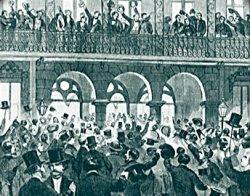
The debate over which powers rightly belonged to the states and which to the Federal Government became heated again in the 1820s and 1830s fueled by the divisive issue of whether slavery would be allowed in the new territories forming as the nation expanded westward.
The Missouri Compromise in 1820 tried to solve the problem but succeeded only temporarily. (It established lands west of the Mississippi and below latitude 36º30' as slave and north of the line—except Missouri—as free.) Abolitionist groups sprang up in the North, making Southerners feel that their way of life was under attack. A violent slave revolt in 1831 in Virginia, Nat Turner’s Rebellion, forced the South to close ranks against criticism out of fear for their lives. They began to argue that slavery was not only necessary, but in fact, it was a positive good.
As the North and the South became more and more different, their goals and desires also separated. Arguments over national policy grew even fiercer. The North’s economic progress as the Southern economy began to stall fueled the fires of resentment. By the 1840s and 1850s, North and South had each evolved extreme positions that had as much to do with serving their own political interests as with the morality of slavery.
As long as there were an equal number of slave-holding states in the South as non-slave-holding states in the North, the two regions had even representation in the Senate and neither could dictate to the other. However, each new territory that applied for statehood threatened to upset this balance of power. Southerners consistently argued for states rights and a weak federal government but it was not until the 1850s that they raised the issue of secession. Southerners argued that, having ratified the Constitution and having agreed to join the new nation in the late 1780s, they retained the power to cancel the agreement and they threatened to do just that unless, as South Carolinian John C. Calhoun put it, the Senate passed a constitutional amendment to give back to the South “the power she possessed of protecting herself before the equilibrium of the two sections was destroyed.”
Controversial—but peaceful—attempts at a solution included legal compromises, arguments, and debates such as the Wilmot Proviso in 1846, Senator Lewis Cass’ idea of popular sovereignty in the late 1840s, the Compromise of 1850, the Kansas-Nebraska Act in 1854, and the Lincoln-Douglas Debates in 1858. However well-meaning, Southerners felt that the laws favored the Northern economy and were designed to slowly stifle the South out of existence. The Fugitive Slave Law of 1850 was one of the only pieces of legislation clearly in favor of the South. It meant that Northerners in free states were obligated, regardless of their feelings towards slavery, to turn escaped slaves who had made it North back over to their Southern masters. Northerners strongly resented the law and it was one of the inspirations for the publishing of Harriet Beecher Stowe’s Uncle Tom’s Cabin in 1852.
Non-violent attempts at resolution culminated in violence in 1859 when Northern abolitionist John Brown abandoned discussion and took direct action in a raid on the arsenal at Harpers Ferry, Virginia. Though unsuccessful, the raid confirmed Southern fears of a Northern conspiracy to end slavery. When anti-slavery Republican Abraham Lincoln won the presidential election in 1860, Southerners were sure that the North meant to take away their right to govern themselves, abolish slavery, and destroy the Southern economy. Having exhausted their legal and political options, they felt that the only way to protect themselves from this Northern assault was to no longer be a part of the United States of America. Although the Southern states seceded separately, without intending to form a new nation, they soon banded together in a loose coalition. Northerners, however, led by Abraham Lincoln, viewed secession as an illegal act. The Confederate States of America was not a new country, they felt, but a group of treasonous rebels.
Learn More: Slavery in the United States
